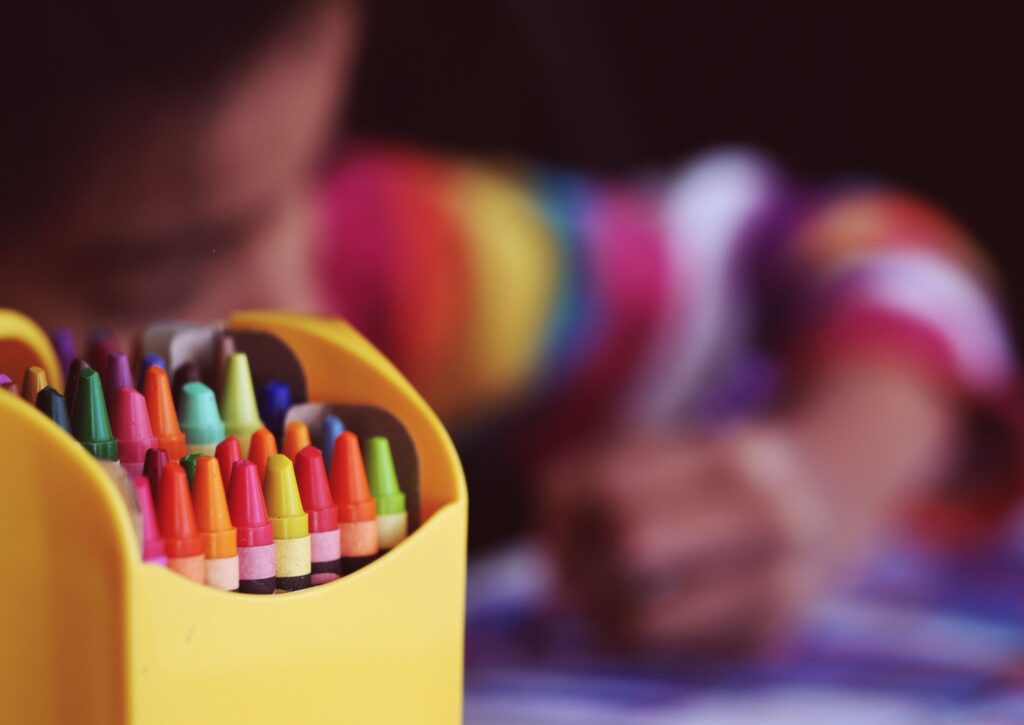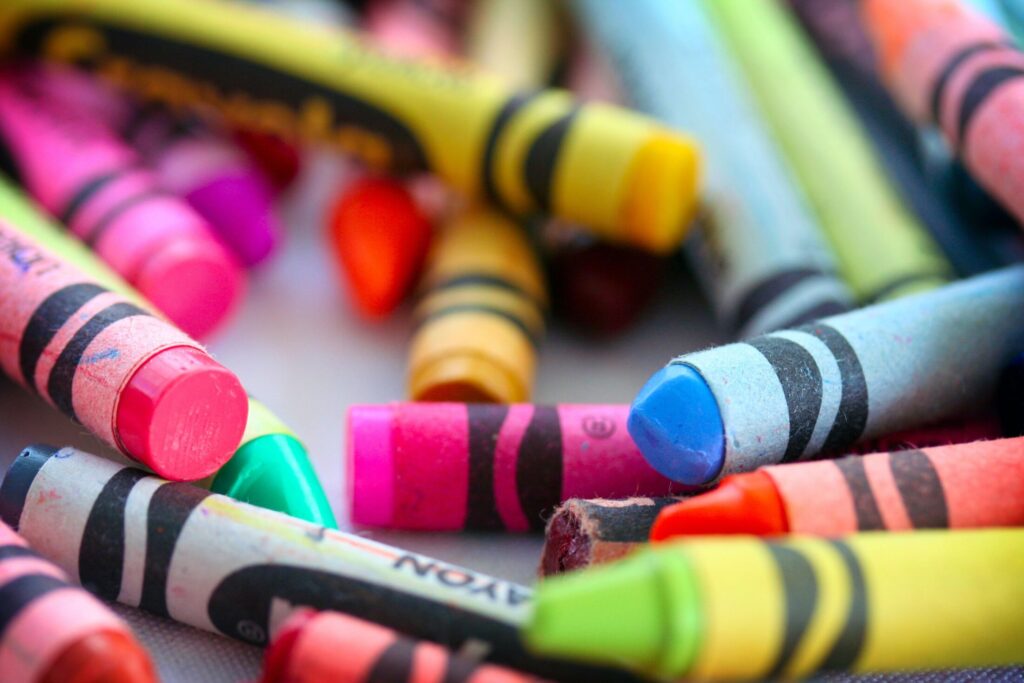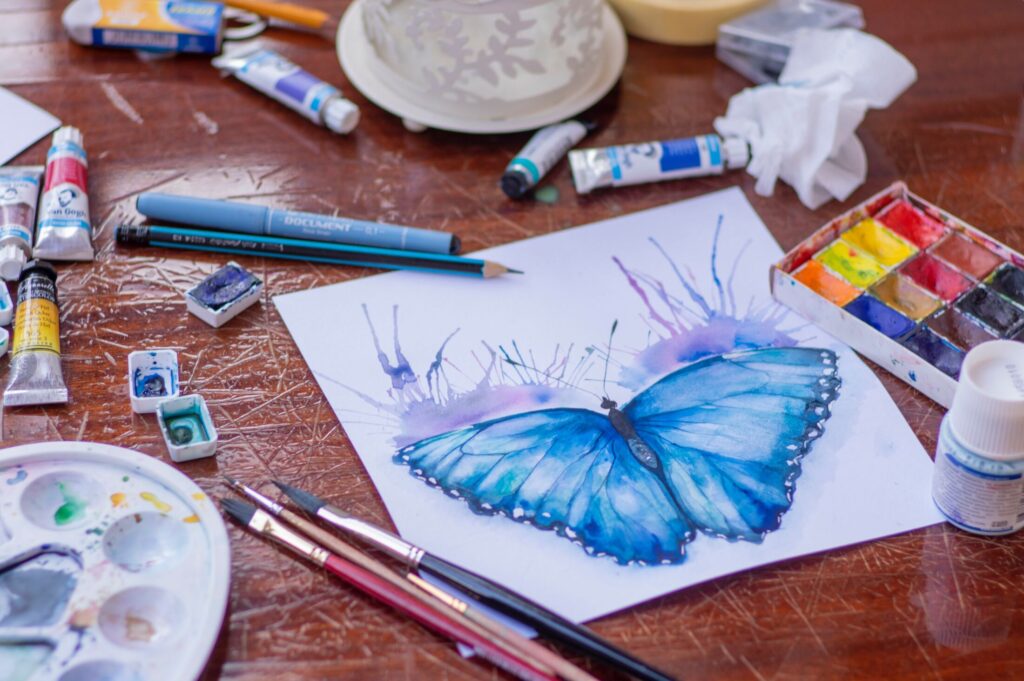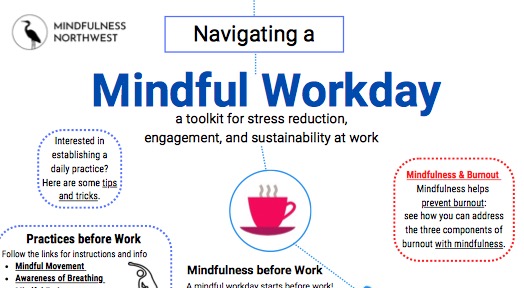Photo by Sonia Lynne Sia
How comfortable are you with changes to a usual routine?
For instance, our childhood caregivers likely taught us to wash our hands before eating or to remove our shoes before entering a house. Maybe at school our teachers encouraged us to raise our hand to ask a question or to stay inside the lines when decorating a coloring book.
Could it be that these may be opportunities when we can be flexible with yet another of our well-learned routines? What if we go ahead and tweak our practice to fit us and the situation a little bit better? In other words, what if we ‘color outside the lines’ of our mindfulness practices every once in a while?

Photo by Lucas Alexander
Think about it: when you open a typical coloring book, the outlined pictures beg your crayons or colored pencils to bring them to life. You get to add your personal flair to the illustration using whatever colors and strokes of the crayon you would like.
As a child, I can totally remember adults telling me to stay in the lines and keep my picture neat. But even when we illustrate outside of any coloring book’s perfect lines, the printed images remain intact…there’s just a little orange or purple – or whatever color – now flowing past the outlines…but the main template is still there beneath it all, isn’t it?
So it is with your MSC practice, even when you make it a little easier or more pleasant to fit your style or the moment.
As the developers of MSC, Drs. Kristin Neff and Chris Germer, often encourage in their training materials, it can be quite helpful to customize the MSC practices to fit our individual needs. The authors suggest that the little tweaks we make here or there personalize a practice for us, can make it easier for us to do, and are likely what help us keep returning to that same practice again and again.
Webster’s says that to tweak something means “to make a minor adjustment to”. So how can we color outside the lines while still maintaining the integrity of a MSC practice’s original intent?
The answer is as individual as how you or I would use our crayons in the same coloring book.

Photo by Aaron Burden
Simply noticing what’s here in the body, the emotions, the mind as we prepare to practice is key. In fact, last month when I recognized that I felt like moving rather than sitting for my Affectionate Breathing practice, I asked myself the quintessential MSC question, “What do I need?” And before I knew it, my Affectionate Breathing practice became a walking meditation. I chose to synchronize my steps with my breathing as though the ocean of compassion was flowing around my feet soothing me through a tough situation.
Another time, I asked myself what I needed and ended up including music during a mindful movement exercise. It helped me move a little more freely and rhythmically with what I was going through right then.
Sometimes even choosing to do a different practice than usual might be just what we need. Or setting an intention to mindfully eat lunch while sitting at the table or on the step outside – rather than in front of the tv or computer – may breathe some ease and pleasantness into our meal.
Like learning to take off our shoes or wash our hands as children, there is purpose behind the routines we establish in our mindfulness practices, too. But coloring outside of our usual meditation lines every once in a while doesn’t have to be extreme or mean we’re going rogue. In fact, gently tweaking a MSC practice to make it more comfortable may be just the thing to encourage us and our practice in some creative, colorful ways.
Warmly,
Catherine
Catherine Duffy works at Mindfulness Northwest as a Mindfulness Instructor.
Photo by Elena Mozhvil
This article was part of our Practice Letter newsletter. If you’d like to receive this monthly publication in your inbox, please sign up here.



